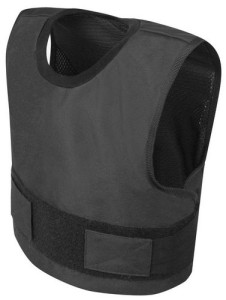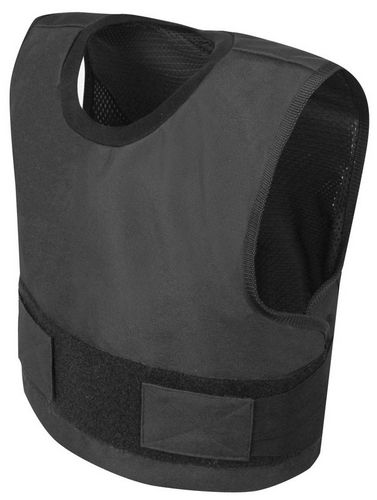 Across the States each year, an average of more than 100,000 people are shot. Whether by intent or accident, this is a staggering rate, and proves that guns continue to be a threat when in the wrong hands. Whether you own guns for shooting at the range or home defense, you need to be sure you know exactly how each weapon should be handled for maximum effect and safety. Body armor is a vital component of proper gun use, particularly if you’re with another armed person, or expecting to be fired upon.
Across the States each year, an average of more than 100,000 people are shot. Whether by intent or accident, this is a staggering rate, and proves that guns continue to be a threat when in the wrong hands. Whether you own guns for shooting at the range or home defense, you need to be sure you know exactly how each weapon should be handled for maximum effect and safety. Body armor is a vital component of proper gun use, particularly if you’re with another armed person, or expecting to be fired upon.
Of course, there’s a wide range of bullet proof vests available on today’s market, each designed to protect against specific threats. You need to wear armor which is, at least, suitable to stop the bullets you (or a shooting partner) intend to use, but if you expect to engage in a gunfight – for whatever reason – you should be well-equipped for the level of danger you expect. The National Institute of Justice (NIJ) tests and rates bulletproof vests to evaluate the amount of protection they offer, and then place them in their respective levels to help you find the right one for your needs.
Guide to Choosing the Correct Body Armor
Soft Armors
Bullet proof vests in the soft armor range are designed to stop various lower-velocity rounds, climbing from level I through to level IIIA. Multiple layers of Kevlar are used in each one, which absorb and redistribute a bullet’s energy on impact, flattening the round to stop it penetrating. Armor at level I protects against 380 ACP FMJ RN (with an impact velocity of 312 meters per second) and .22 caliber LR LRN rounds (320 meters per second). Level IIA bullet proof vests stop 9mm FMJ RN and .40 Smith & Wesson caliber FMJ rounds.
Level II vests are designed to stop bullets of a higher velocity, from the common 9mm to .357 Magnum range, while vests at level IIIA will stop 9mm submachine gun and .44 Magnum rounds. This is the toughest type of armor still able to be concealed – as we shift to the harder armors, the weight of the vests increases, given the stronger materials used in their construction.
Hard Armors
To defend against weapons of a higher velocity, hard armors are essential. Combining multiple layers of Kevlar (as used in the soft armors) with hard plates of steel, titanium, or ceramics, these can stop the most lethal of ammunition.
Level III vests protect against such rifle rounds as 7.62mm FMJ, 223 Remington (5.56mm FMJ), 30 Carbine FMJ, and 12-gauge slugs. The strongest armor available is of level IV rating, featuring panels for additional plating on the front and rear if needed: these defend against armor-piercing rounds, such as .30-06 caliber bullets, keeping you safe in the most extreme situations.
You should always have bullet proof armor available, to make sure you stay protected against your own bullets (should someone else take control of your gun) and those of a potential attacker.
Always seek expert advice from companies such as SafeGuard Clothing if you’re ever in doubt of which vest is best.

